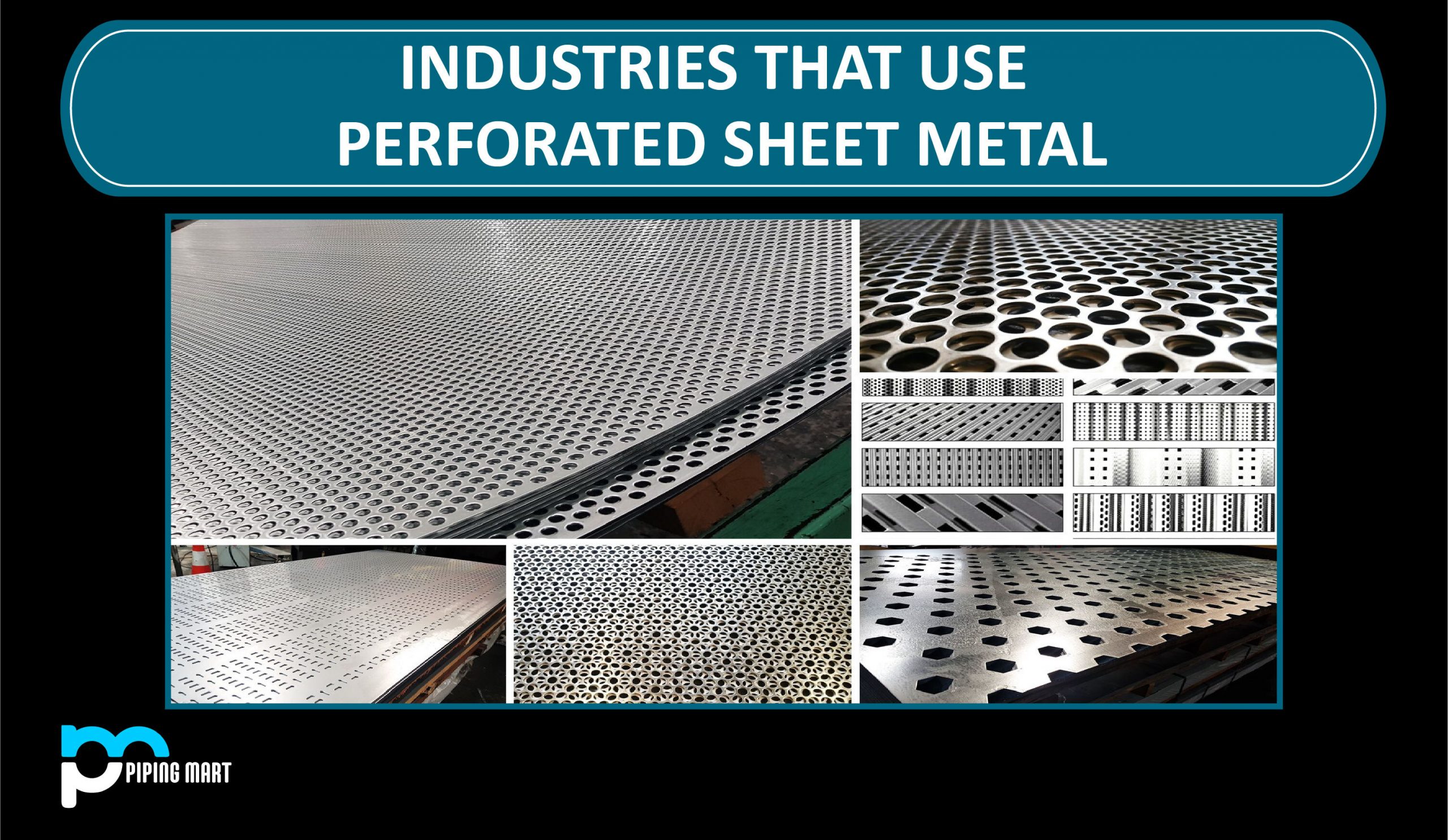When it comes to our national defense, aluminum alloys play a critical role. Aluminum has been a critical component of our country’s military efforts since before World War II, from the rockets and aircraft that protect our skies to the armor plating of tanks and transport vehicles. One application for modern aluminum alloys that is frequently overlooked is missile technology.
Modern missiles are technological marvels that are lethal. They are precision instruments that require a high level of dependability and durability from their component parts. They must be precise, efficient, dependable, and safe to use. Because our nation’s interests and war fighters’ lives are at stake, every piece of material that goes into a missile must be of the highest quality.
As a result, aluminum alloys, which are commonly used in the aerospace, transportation, and architecture industries, play an important role in many of our military’s offensive and defensive missile systems.
The Anatomy of a Missile
A modern missile is a long-range weapon that can maintain self-propelled flight using a jet engine or rocket motor and target a distant location. A typical guided missile system in use today will include a targeting system, a flight system, an engine, and a warhead. When fired by an artillery weapon, airborne explosives that do not have self-propulsion are known as “shells” and are classified separately from missiles.
There are several methods for guiding a missile to its intended target. One type of guidance system uses radiation, such as lasers or radio waves, to direct the missile in the desired direction. Examples include heat-seeking missiles, laser targeting provided by cooperating infantry, and missile-mounted radars.
A targeting system is classified as a separate guidance system. These digital methods necessitate knowing the current location of both the target and the missile before calculating a path between them. This can be done with satellites or a system like INS or TERCOM. Previously, this was accomplished through the use of radio relays or cables, as well as a human operator who could see both the target and the missile.
The flight system is another important component of a missile. This consists of the controls that direct the missile in response to the targeting system’s guidance. The flight system is made up of two major components: vectored thrust and aerodynamic maneuvering.
The engine is what makes all of this possible. A rocket engine and a jet engine are the two main types of engines. The former uses either solid or liquid propellant to generate thrust, whereas the latter uses a turbojet, turbofan, or ramjet to generate thrust. For quick deployment, most systems’ rocket engines use solid propellant. Liquid propellant has been used in larger ballistic missiles, but filling tanks with liquid propellant is a time-consuming procedure. In sustained flight, cruise missiles use a jet engine, but they can also be launched using a rocket motor booster.
What Makes Aluminum a Good Choice for Missiles?
Aluminum has numerous advantages that make it an excellent choice for missile systems. First and foremost, weight is an important consideration for any missile type. Because there is only a limited amount of fuel available, weight is a major determinant of how far the missile can travel. The longer the missile can travel to its target, the lighter it is. When compared to other metals that could be used, aluminum has a fantastic strength-to-weight ratio.
Of course, strength and durability are important factors to consider. Missiles must have a tough outer shell to protect the targeting components and explosives during transport and flight. So the missile must be lightweight but also strong enough to withstand pressures that could otherwise damage the weapon or cause the warhead to detonate prematurely.
A missile, similarly, must be made of corrosion-resistant materials. The various branches of our armed forces must rely on the effectiveness of a missile system months, or even years after it was built. Even in the most hostile natural environments, aluminum has a high level of corrosion resistance.
What Role Does Aluminum Play In Missile Systems?
Aluminum can be found in nearly every part of a missile, from the outer skin to the minute electronic components that comprise the missile’s targeting and engine systems. Because high-performance aluminum alloys are already widely used in the aerospace industry, in both aircraft and spacecraft, it’s only natural that these same alloys will find their way into military-grade missiles.
Certain applications of aluminum are unique to missiles. Aluminum, for example, can be found in the shaped charge warheads of anti-tank projectiles, rockets, and guided missiles. The warhead is detonated by explosive surrounding a conical metal liner upon impact (or when it receives a specific signal); the kinetic energy produced by the detonation propels the liner material at high velocity, penetrating even extremely thick armor of a targeted vehicle or structure and increasing the impact of the explosive.

Pipingmart is B2B portal specializes in industrial, metal and piping products. Also, share latest information and news related to products, materials and different types grades to help business dealing in this industry.




